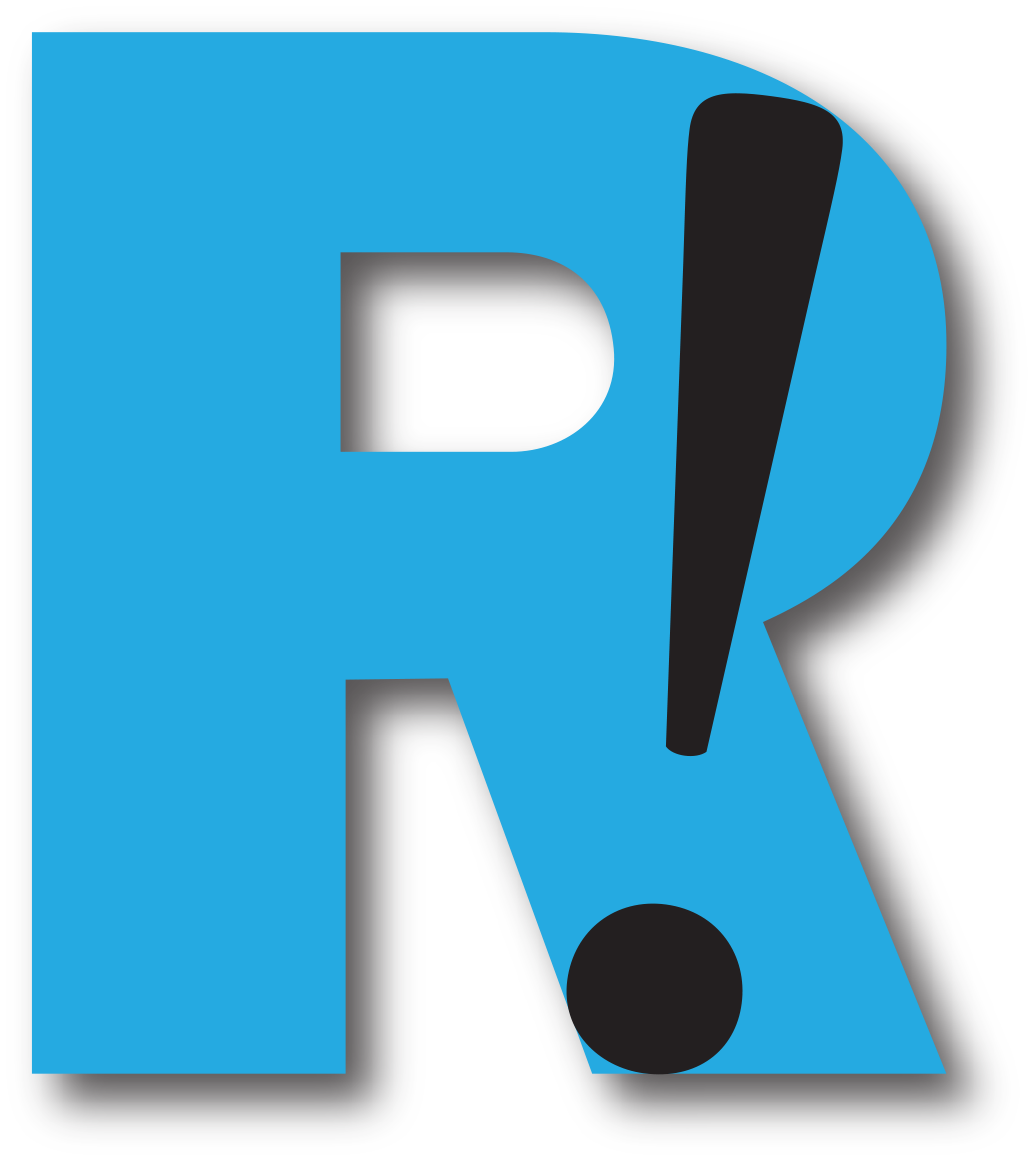DESIGN FAQ:
What is DPI / PPI and why is it important?
DPI or Dots Per Inch is a measure of spatial printing dot density, in particular the number of individual dots that can be placed in a line within the span of 1 inch (2.54 cm). Monitors do not have dots, but do have pixels; the closely related concept for monitors and images is PPI or Pixels Per Inch.
The distinction is important because different files require different resolutions to display or print optimally.
For print, files should always be no less than 300 dpi for optimal printing.
For web, 72 ppi is the standard resolution.
What is "Leading", "Kerning" and "Tracking"?
Leading determines the amount of space between the baselines of successive lines of text in a paragraph.
Tracking is the spacing between characters in a line of text.
Kerning increases or decreases the spacing between certain pairs of letters, like AV, which look better if their boxes overlap slightly.
What's wrong with printing images off the Internet?
Images on the Internet are usually 72 ppi. Anything less then 300 dpi usually looks distorted, fuzzy and pixelated when printed.
What is "bleed", "slug", "margin" and "crop"?
Bleed: the space outside of a documents 'live area' that gets cropped after printing. This allows full colour and design elements to extend to the very edge of the page without any white border visible.
Slug: the area outside the page and bleed that contains printer instructions or job sign-off information.
Margin: the top, bottom, and either side of the page— that is usually empty space between the trim (where the page is cut) and the live printing area (primary text and graphics) of the page. Sometimes headers or footers may be placed within the margins.
Crop: crop marks are crossed lines placed at the corners of an image or a page to indicate where to trim itCrop Marks may be drawn on manually or automatically applied with some desktop publishing software programs. Crop marks are typically used when printing to a larger sheet of paper than the final trim size of the document, especially when doing bleeds. They indicate where to cut the paper. Similar to crop marks, center marks indicate the center of a spread and usually mean that is where the page is to be folded.
Why do designs have to be meticulously put together when folding or other procedures are to be followed by the printing?
The accuracy of a design has to be exact because the folding will not line up with the images. When designs aren’t lined up to match with the area that will be folded the designs lead into the wrong side of the piece. This can create problems because the design on the back of the piece do not line up when it is folded there leaking onto the front of the piece. Extra trimming usually occurs in this situation causing the finished piece to be smaller then the intended size.
Why is it important to check that a black image placed onto a black background has the same value of black?
If you take a black image and place it on a black background and the value percentage of black is not the same as the background you will be able to see where the black image ends and the background starts. The blacks will not blend together and you will see a definite line. To ensure this doesn’t happen check the percentage of the black value in your design program to be sure it is set to 100%.
What do CMYK colours mean?
C = Cyan
M = Magenta
Y = Yellow
K = Black
When designing something for a post production process, such a mailing, what is the most used form of measurement?
Designers and other people in the print world usually like to measure in inches.
Why is printing images off the Internet not recommended?
Images on the Internet are usually 72% resolution. It is usually preferred that an image is 300% resolution. Anything less then 300% usually becomes distorted, fuzzy and unclear.
